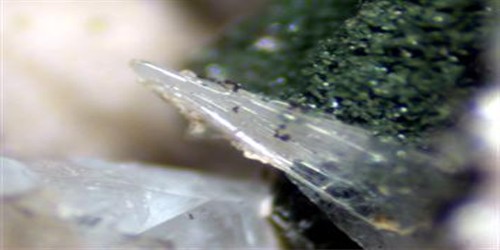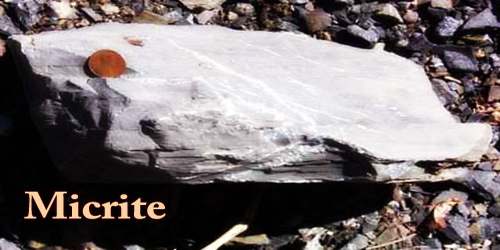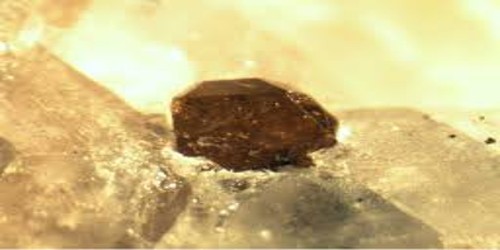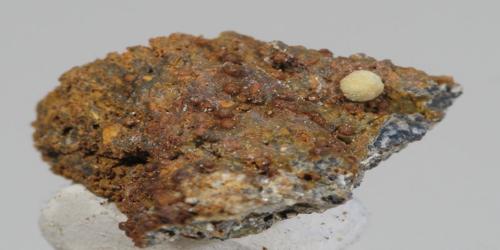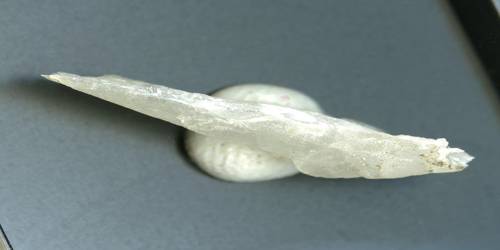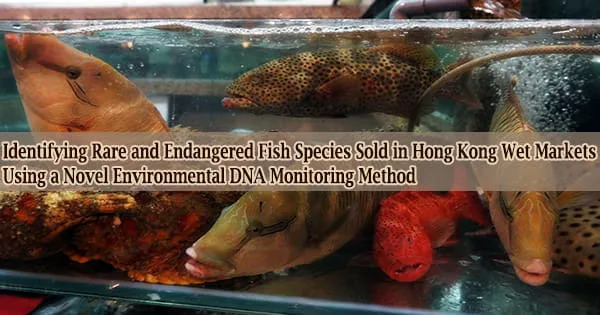Gugiaite is a melilite mineral, named for the Chinese village of Gugia where it was first discovered. Its chemical formula is Ca2BeSi2O7. It is a tetragonal-scalenohedral colorless mineral containing beryllium, calcium, oxygen, and silicon. It occurs mostly in skarns with melanite adjacent to an alkali syenite and has no economic value.
Gugiaite is a melilite and is distinctly different from other beryllium minerals such as meliphanite and leucophanite. Gugiaite is named for its locality near the village of Gugia, China.
General Information
- Category: Sorosilicate
- Formula: Ca2[BeSi2O7]
- Crystal system: Tetragonal
- Crystal class: Scalenohedral (42m)

Fig: Gugiaite – melilite mineral
Properties
Its crystals are small tetragonal tablets with vitreous luster and perfect cleavage. It is colorless and transparent with a density of three. The mineral belongs to space group P-421m and is strongly piezoelectric.
- Color: Colorless
- Cleavage: Perfect on {010}, distinct {001}, indistinct on {110}
- Fracture: Uneven – Flat surfaces (not cleavage) fractured in an uneven pattern
- Mohs scale hardness: 5
- Luster: Vitreous, glassy
- Streak: White
- Diaphaneity: Transparent
- Density: 3.03
- Optical properties: uniaxial (+)
Occurrence: In cavities in skarns and melanite adjacent to an alkalic syenite.
Gugiaite is usually found in skarn in contact with alkaline syenite with melanite, orthoclase, aegirine, titanite, apatite, vesuvianite, and prehnite. It occurs as thin square tablets, to 3 mm, in small cavities in skarn and enclosed in melanite. Skarns are often formed in the contact zone between granite intrusions and carbonate sedimentary rocks through metasomatism.
Association: Orthoclase, vesuvianite, aegirine, titanite, apatite, prehnite.
Information Source:
